Disclosure: This post may contain affiliate links, meaning I get a commission if you decide to make a purchase through my links, at no extra cost to you.
When you start woodworking, pine is probably one of the first types of wood are going to come across. You can basically find pine in any store that sells wood. Wood is wood right, you can build stuff with any type of wood, right? Well, Yeah…. But the different types of wood have vastly different qualities when being worked, glued, and cut.
Some people love pine, other people don’t care for it and others hate it. So is pine any good for woodworking?
Pine is a great wood to use for woodworking. It is one of the main species of lumber used for construction, which makes pine widely available in different sizes and is fairly cheap. Pine is especially good to use for beginner woodworkers who want to develop their skills. Pine is also soft, easy to work with, and is easy on your tools.
I love using pine for woodworking, but the wood also has its downsides, let’s get to know all the pros and cons of pine.

Pine Is Not Just Pine
Pine is not just pine, it is divided into many subspecies. There are about 115 species of pine that are native to the northern hemisphere. And every single one of them will have slight differences in the wood.
To not make this article too complicated and confusing, I am going to talk about pine in general terms.
The fact is that even the same species of pine may have a very different look to the wood, the hardness of the wood, and the workability depending on the environment it grew up in.
Pine Is A Softwood
Pine is a softwood. Softwoods are coniferous trees, these trees stay green all year round and do not seasonally shed their leaves. Softwoods typically has leaves resembling needles and seeds in the form of cones (like pinecones)
The name softwood does not directly correlate to the density of the wood. But pine wood is in general a fairly low density, but we have species of pine that are harder and denser.
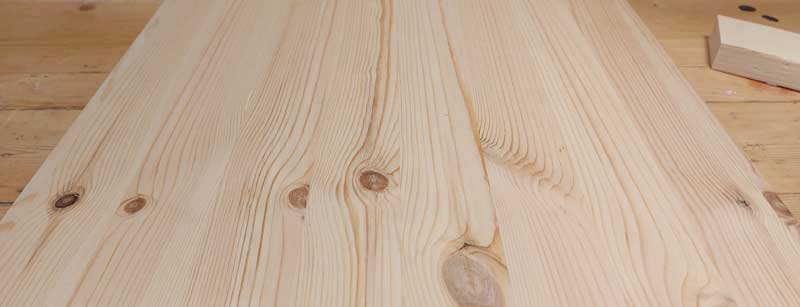
Main Reasons To Use Pine For Woodworking?
Pine Is Cheap
Pine is one of the cheapest woods out there. It is grown on a large scale and used commercially for things like pallets, construction, and woodworking projects.
The high demand and production of pine make it one of the cheapest wood you can get your hands on. Any home center will have a large selection of cheap pine boards.
As I am writing an article, a 1 in. x 3 in. x 8ft board of pine for woodworking would cost you about 8 bucks.
Pine Has A Beautiful Grain Pattern (Depending on who you ask)
Some people love the look of pine, others hate it. As for me, I love it.
The grain of pine is characterized by long wavy lines running throughout the wood, with a fairly large amount of knots spread throughout the surface of the wood.
The color of pine ranges from a bright creamy color to yellow and the darkest types of pine wood can even come close to being red or orange.
Pine Is Ready To Use When Obtained
Pine comes ready to use when you buy it from the seller, at least if you buy your pine from one of the larger home centers. All sides are squared, cleaned up and the thickness is the same throughout the plank or board. In some instances, the pinewood you buy does not even need to go through a sanding process.
This also means that you need fewer tools to process the wood, you don’t need a jointer to square the sides, and you don’t need a thickness planer to get the equally thick boards. The jointer and thickness planers are also fairly expensive tools that many beginner woodworkers do not have the access to.
The fact that you can use pine without any extra processing makes it both convenient to use for experienced woodworkers and also great for beginner woodworkers that have a limited amount of tools.
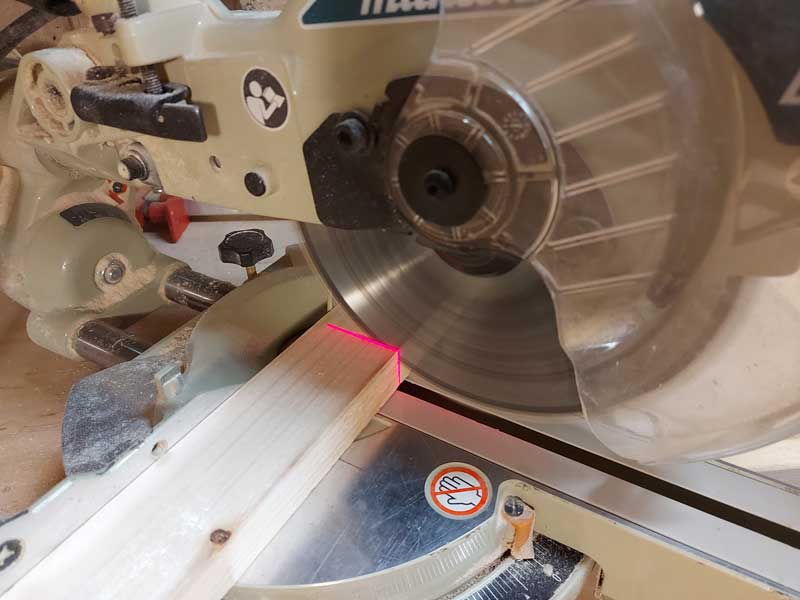
Things To Consider When Working With Pine
Pine Is Soft And Cuts Beautifully – The general low density of pine wood makes it very friendly to power tools. Power tools, saws, and gouges can be used for longer before needing sharpening.
Pine Has Many Knots – The many knots of pine can create an uneven grain pattern throughout the wood. And can cause the wood to have a greater density in some parts of the wood and lower density in some. This uneven distribution of knots can make it harder to get even results when for example sanding the surface of the wood.
Knots Should Be Sealed – Wood from pine contains sap, this sap has a tendency to leak through the knots. Before finishing pine, knots should be sealed to avoid leakage if you want to protect the finish from being ruined by sap.
Natural And Distinctive Look: – When you are using pine you have to decide if you want to keep the distinctive creamy white grain with knots running throughout or if you want to try to stain it and give more color to the wood. Personally, I love the look of natural pine and choose to enhance the natural look of it by using a clear coat.
Pine Dents Easily – Since pine is such a soft wood it gets easily dented and scratched. This results in more maintenance or quicker deterioration than other harder woods. But pine is fairly simple to maintain, just sand it down and reapply with the finish of your choice.
Not Rot Resistant – Pine is not very rot resistant and will deteriorate quickly if left outside in the elements without any protection. When pine is used outside it is usually treated beforehand to make it more resistant to rot and deterioration. Applying high-quality paint meant for the outdoors will also help the wood from deteriorating.
Pitch Buildup – If you cut a lot of pine with your saws the sap and resin might build up and make your saws dirty and less effective, we call this buildup for “Pitch”. All types of wood have impurities, but some types of pine are known to contain a larger amount of sap and will contaminate your tools quicker. This simply needs to be cleaned regularly and your blades will be good as new.
Use Larger Surfaces – It is a good idea to use large surfaces when working with pine. If you are going to join the wood with box joints, make them deep. If you are going to use a mortise and tenon joint, make it wide and deep. We do this to increase the surface of wood against wood and it gives a stronger joint when glued. This extra strength is helpful because of the low density of pine.
The Main Uses Of Pine For Woodworking
Where I live in Norway, we use pine for everything. It has been a tradition throughout the years to use pine for construction, cabinets, tables, sofas, beds, interior and exterior wall paneling, and other furniture. Basically, most things that were made from wood, had a high possibility of being made out of pine.
Now that doesn’t mean that pine is the best wood to use for “everything”, it just means that pine was one of the most suitable woods that were widely available at a fair price point.
So don’t be afraid to use pine for a project, even though some people may say that it is not the best wood for the jo.
Let’s look a little bit more into some of the main uses of pine:
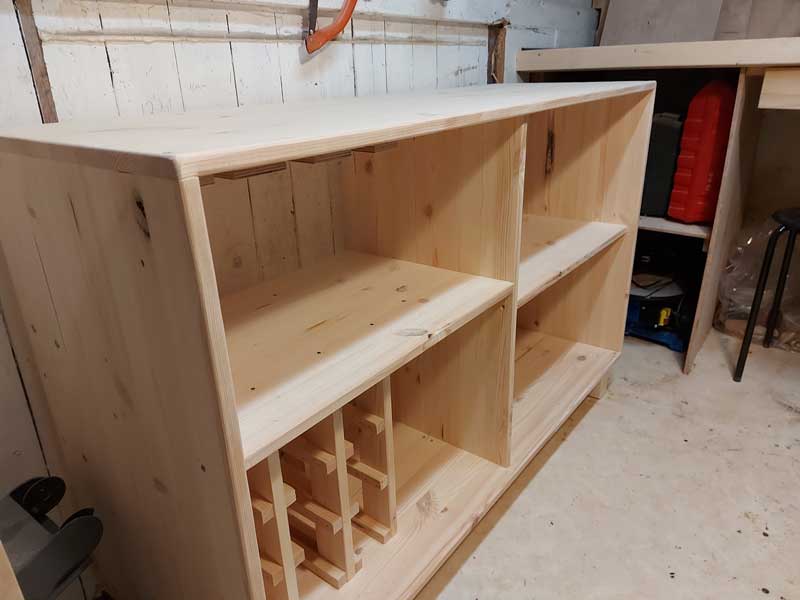
1. Furniture
Any type of indoor furniture can be made from pine. For example tables, sofas, beds, desks and so on. Pine has a great natural look if the grain is left visible and can be a great addition to the room’s decor and interior.
Pine also takes paint very well if you want to have a more customized color to the furniture. But pine furniture that is used frequently and is moved around might need more frequent maintenance.
2. Shelves And Storage
Storage shelves, like the ones you would have in your garage, are mostly for utility. Since pine is cheap but still strong enough to hold heavy items, it is a great wood to use as shelves for storing items.
But you can still make beautiful decorative shelves with pine. Below is a picture of a homemade shelve I have in my living room, it is made from pre-processed and ready-to-use pine boards. The benefit of making your own shelf designs is that you can design the layout and look depending on your needs.
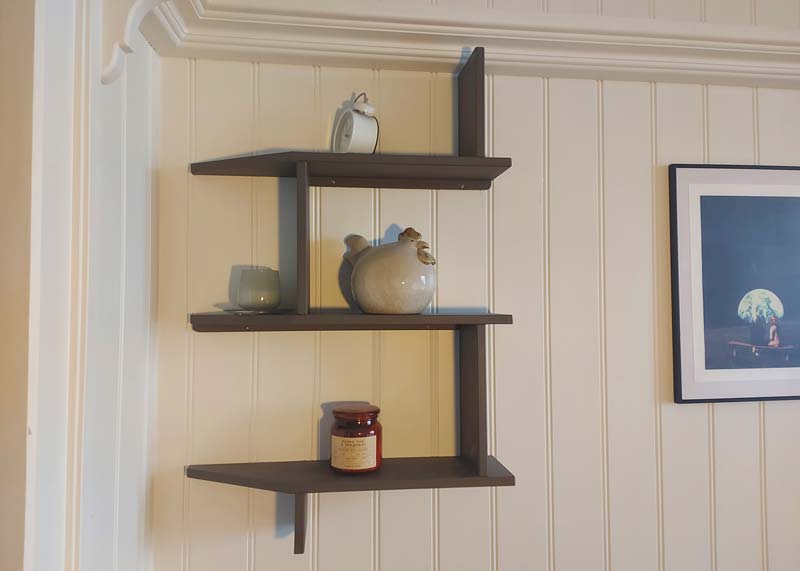
3. Flooring
Traditionally, in Norway at least, pine has been used as flooring. But in the last decades, the use of pine for flooring has decreased. This is one of those examples that are like, “Hey, we got a lot of pine, why not use it for everything”.
Pine hardwood flooring was rough. If we dropped the TV remote on the floor, it would most of the time leave a dent because of the soft nature of pine. That happened quite a lot, so a pine floor would usually have dents all over them.
(Flooring is not one of the main uses of pine today, but I just wanted it to be on the list)
4. Construction
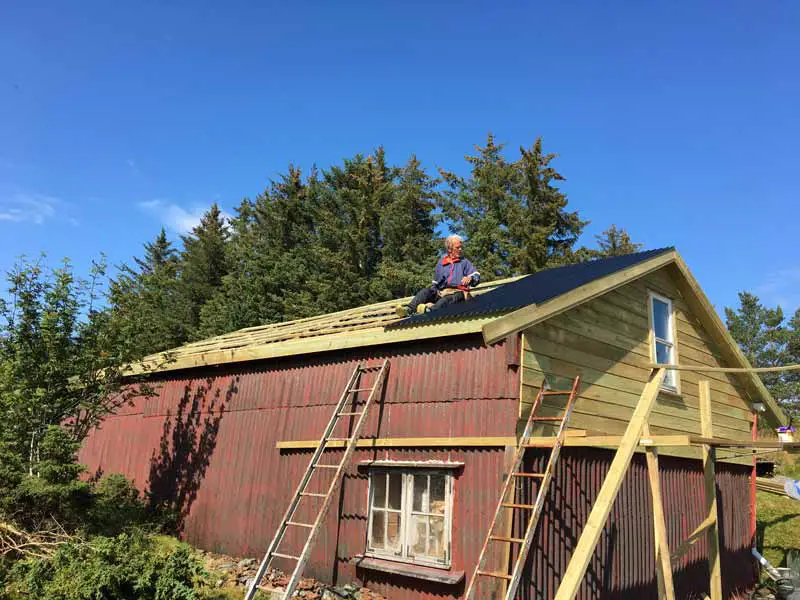
Construction lumber is usually made from SPF wood. SPF is an abbreviation for Spruce, Pine, And Fir. These three species grow quickly, are commercially harvested at large scales, and come at cheaper prices than most other woods. They are also strong enough and have good enough structural qualities to make them good woods for construction.
The commercial value and high production of pine is the reason we can get it at such a good price point.
5. Plywood
Pine is also a very popular wood to use for plywood because of its availability and price. If you see a creamy white sheet of plywood with a wavy grain and a large number of black knots, then you can be fairly sure that it is made from pine.
Plywood is wood that has been cut into sheets and then glued together in a perpendicular fashion. Plywood can be used for anything from construction to furniture.
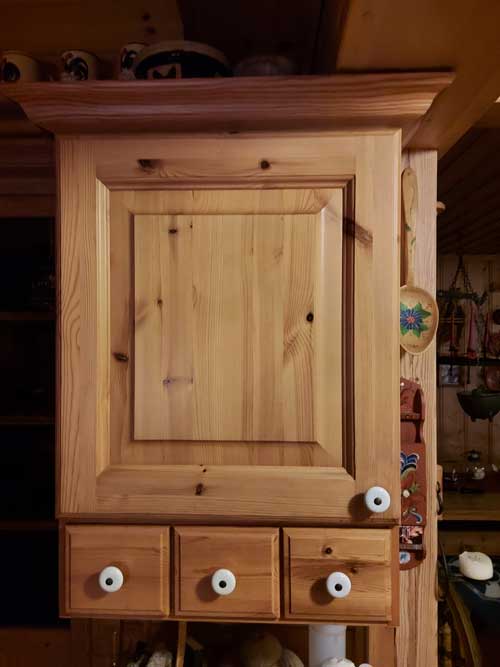
Finishing Pine
Pine takes finishes fairly well. But the wood of pine is often unevenly dense because of the high amount of knots in the wood.
If you are using a stain or some other finish that is meant to penetrate the wood, it will penetrate the wood at different rates and you will see this in the end result. You might have to do several coats with a stain to get the desired result.
I’m a simple woodworker and I like simple solutions. I like to keep my wooden creations as close to their natural state as possible.
Since pine has such a natural look to it already I either leave my pine untreated, coated with some simple mineral oil, or apply a coat of clear lacquer to the wood.
Now there is “some” seepage of sap from time to time from the wood, but that reduces as time goes on.
In fact, the coach I use has never been treated with anything, it is completely made from pine wood and has lasted for more than 25 years without much refurbishing. So the furniture made from pine is used nicely, it can last for decades.
